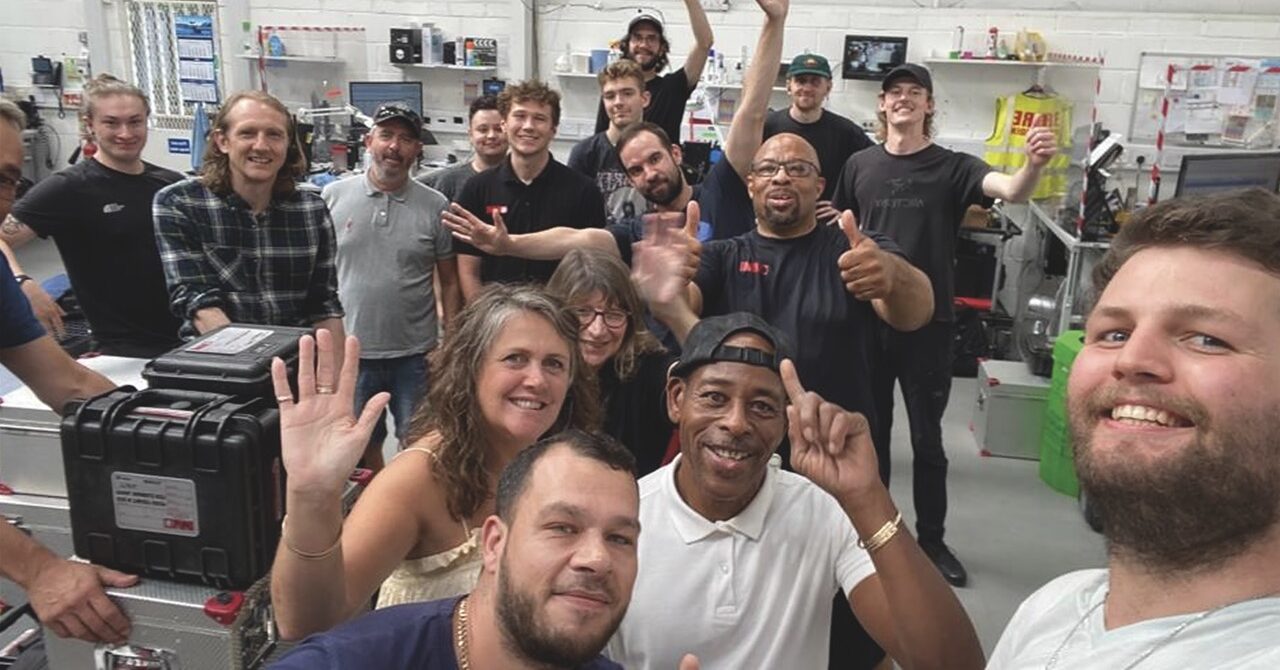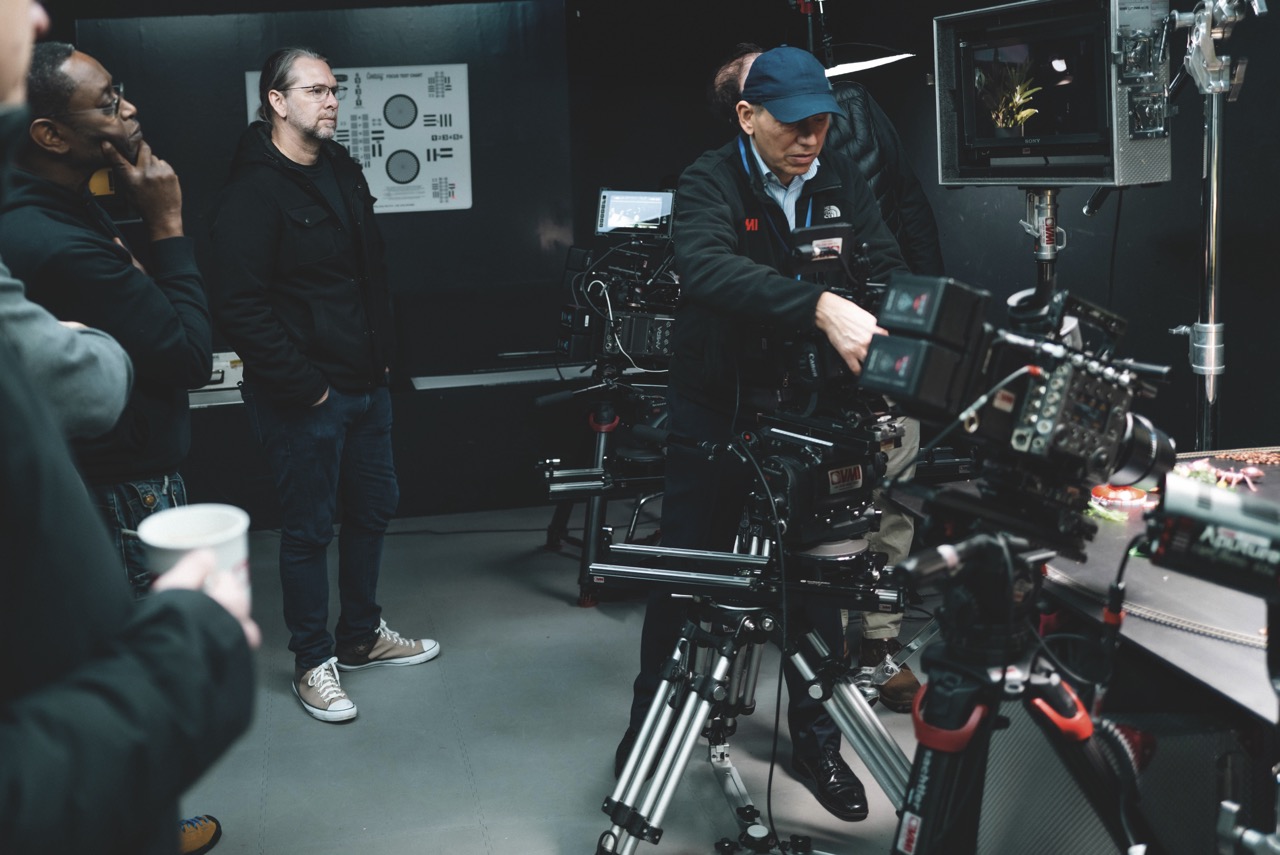
The future of production kit rental
Posted on Apr 26, 2025 by Admin
Evolving to survive
Barry Bassett, managing director of VMI, considers the future of production kit rental
The production kit rental sector has faced significant upheaval in recent years, with numerous companies shutting their doors.
The combination of cheaper high-quality equipment, shifting production trends and economic pressures has forced the industry to rethink its approach. As we navigate this challenging landscape, rental companies must evolve not only to remain relevant, but also to ensure they continue providing value to filmmakers and production crews.
The changing face of production
Back in 2010, acquiring a broadcast documentary shooting kit could cost upwards of £150,000. Today, an entry-level Sony FX3, small tripod and pair of AF lenses can be purchased for just £10,000. The affordability of the equipment raises a fundamental question – why would anyone choose to rent? The answer lies not just in cost, but in access to a huge range of high-quality, specialised tools that will enhance storytelling.
Despite the marketing emphasis on high-resolution cameras (4K, 6K, 12K), beautiful images are not solely the result of pixel count. Dynamic range, lenses with character, well-executed composition and sophisticated lighting all comprise visually compelling work. However, many producers overlook these aspects in their drive for cost-cutting and efficiency.
Rental companies must position themselves as more than just providers of gear; they must be curators of artistic tools. Cinematographers need access to a diverse selection of lenses, including anamorphic glass, lenses with unique flares and those that bring a distinctive character to a production.
Movement is another critical element – dollies, sliders, jibs and gimbals are all integral to cinematic shots. Lighting remains paramount in shaping mood and storytelling, requiring not just lights themselves but a variety of modifiers, flags, bounce kits and projection tools.
Beyond equipment, the ‘right tool for the job’ argument is crucial. A DOP who owns a camera may prefer to use it for most projects, but it might not be ideal for every production. Rental companies that foster strong relationships with production teams – offering tailored solutions rather than simply pushing their most expensive kits – will be able to secure long-term loyalty.
The industry in crisis
Despite the value rental companies bring, lots are struggling due to industry-wide shifts. An issue here is the ongoing race to the bottom in pricing. Certain producers relentlessly negotiate, pitting rental houses against each other in pursuit of the cheapest deal. This unsustainable approach hollows out the industry, forcing companies to operate on razor-thin margins or close down. As one industry veteran noted, everyone deserves to make a living, and aggressive cost-cutting will only lead to fewer reliable suppliers in the future.
The recent wave of closures has already had some real, tangible effects on production companies. As one rental company driver discovered when they were thanking a client for their loyalty, the response was stark: ‘You’re the only rental company left – you have to survive!’ The Sunbelt Rentals consolidation of 2021-22 and subsequent closures have left just three dominant players and a shrinking pool of independent rental houses.
This lack of competition is a double-edged sword. On the one hand, fewer suppliers could mean more business for remaining companies. On the other, with such a limited number of rental houses, production teams risk facing equipment shortages when demand surges. If 2021 levels of production return this summer, there might not be enough to go round.

Unique challenges facing kit rental companies
Production kit rental companies face obstacles that set them apart from other businesses in the film and TV industry.
For one, the demand for rentals has declined with high-end cameras becoming more affordable. More crew members are purchasing their own gear rather than choosing to rent it.
The closure of rental companies has also flooded the industry with second-hand equipment. This saturation of the used kit market has made it much cheaper for people to buy equipment.
Following the Covid-19 pandemic, the explosion of production in 2021 led rental houses to expand their inventories to meet demand. However, when the boom subsided, these companies were left with surplus kit and heavy financial burdens.
This was exacerbated by the impacts of the SAG-AFTRA strikes in 2023, which led to a halt in scripted production. Even now that work is resuming, streaming services have become much more selective in commissioning new projects.
A Netflix executive recently compared the current content climate to filling a library – the initial rush to create new shows has subsided, and now only a select few high-impact projects are being greenlit. These shows are also often constrained by significantly lower budgets than they previously had.
Streaming now drastically overshadows traditional broadcast as young audiences are abandoning linear TV in favour of using digital platforms. This decline has reduced advertising revenue for terrestrial broadcasters, leading to fewer commissions and less demand for rental equipment.
Finally, the potential for AI-driven content creation looms large. If greater automation and AI-generated video reduces traditional production needs significantly, this will also impact the rental market.
The path forward
Despite these issues, rental companies have avenues for survival and growth. The key lies in adaptability and strategic positioning, and embedding certain practices in the approach can support security in the market going forward.
1. Fostering strong client relationships.
2. Expanding services beyond simply renting out equipment.
Service and relationships are so much more important than the kit alone.
3. Specialised equipment niches.
All companies have areas in which they excel over competitors.
4. Adapting to new industry norms.
The industry is changing at light speed, and we have to change or become another casualty.
5. Innovating and exploring new markets in order to remain relevant.
Where Next?
The production kit rental industry is at a crossroads. While the economic and technological landscapes present some formidable challenges, companies that evolve and adapt can continue to thrive. By focusing on strong client relationships, offering specialised gear, expanding service offerings and remaining agile, rental houses can secure their place in the industry.
As we move forward, production companies must recognise the value of rental businesses and aim to work collaboratively rather than exploitatively. If the remaining rental houses disappear, the entire industry will suffer. Supporting these essential service providers ensures that filmmakers and production teams will continue to have full access to the tools they need to create content that’s compelling and high quality. It’s clear that we must evolve to survive or risk becoming another casualty in this ever-changing industry.
This article appears in the April 2025 issue of Definition








